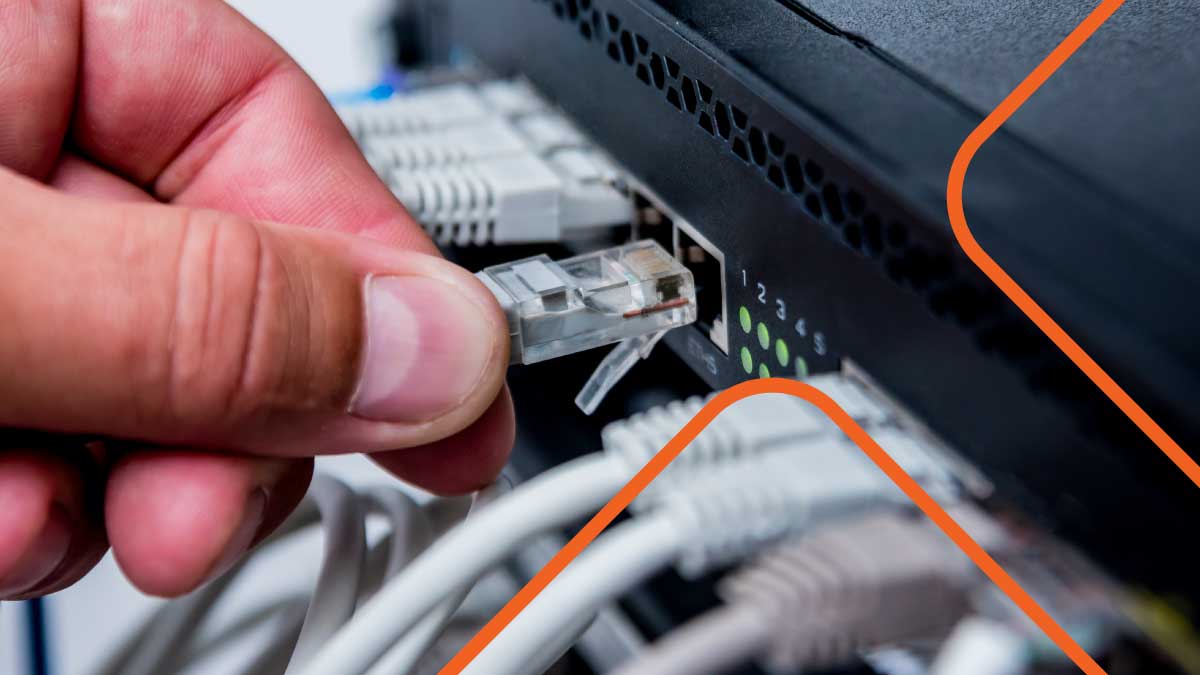
Low-voltage cabling may not be a glamorous topic, but it is at the heart of all types of field service work. Nearly every field service project—from point-of-sale systems to networking to audio-visual equipment—requires cabling expertise. According to industry estimates, the global structured cable market is expected to reach $15 billion in the coming years.
Here are four trends to watch as you pursue low-voltage cabling opportunities.
Growing demand, especially in retail
Store openings continue to be strong, especially outside of major urban areas. At the same time, existing stores are undergoing massive upgrades to support new technologies, such as self-checkout and mobile checkout.
Industry analysts estimate that the number of retail stores is steadily increasing, along with a growing number of remodels. Both store openings and remodels require skilled technicians to run thousands of feet of low-voltage cable to power POS systems, kiosks, wireless access points, digital displays, and more.
Rising cost of materials
If you’re paying attention to the wire and cable industry, you’ve probably already noticed dramatic price increases in raw materials. Cabling is often the largest consumables expense in a field service project.
Typical bulk Ethernet cable costs range from about $0.10 to $0.35 per foot, depending on cable category, quality, and length. Higher-performance categories or specialty cables can cost more.
Because of the volatility of copper prices, MSPs should keep a close eye on cabling prices and buy when pricing is favorable.
The need for bandwidth will continue
Remote and hybrid work have transformed the way we communicate. Video calls are now standard in many workplaces. And delivering a high-quality video experience requires bandwidth.
While many homes have the high-speed network infrastructure to support video calls, many offices do not have enough bandwidth to support high volumes. With the rise of hybrid workplaces, companies with cabling designed only for email and web browsing will need to upgrade to support video conferencing. What’s more, conference rooms may need additional hardware to support hybrid communication.
The demand for low-voltage will only increase as office spaces continue to reopen.
The labor shortage will persist
The labor shortage has loomed over the field service industry for the past two years due to a retiring workforce and technician turnover. Likewise, finding quality low-voltage technicians can be challenging in this tight labor market.
When there is heightened competition for labor, service organizations must focus on becoming “buyers of choice” for technicians. Companies should continue to offer competitive rates and approve work orders quickly. Providing a quality on-site experience is also key to remaining competitive.
Looking for technician resources to support your low-voltage work?
The Field Nation marketplace includes approximately 20,000+ independent technicians with low-voltage experience. If you need access to qualified technicians for your low-voltage work, contact us for a free consultation.






